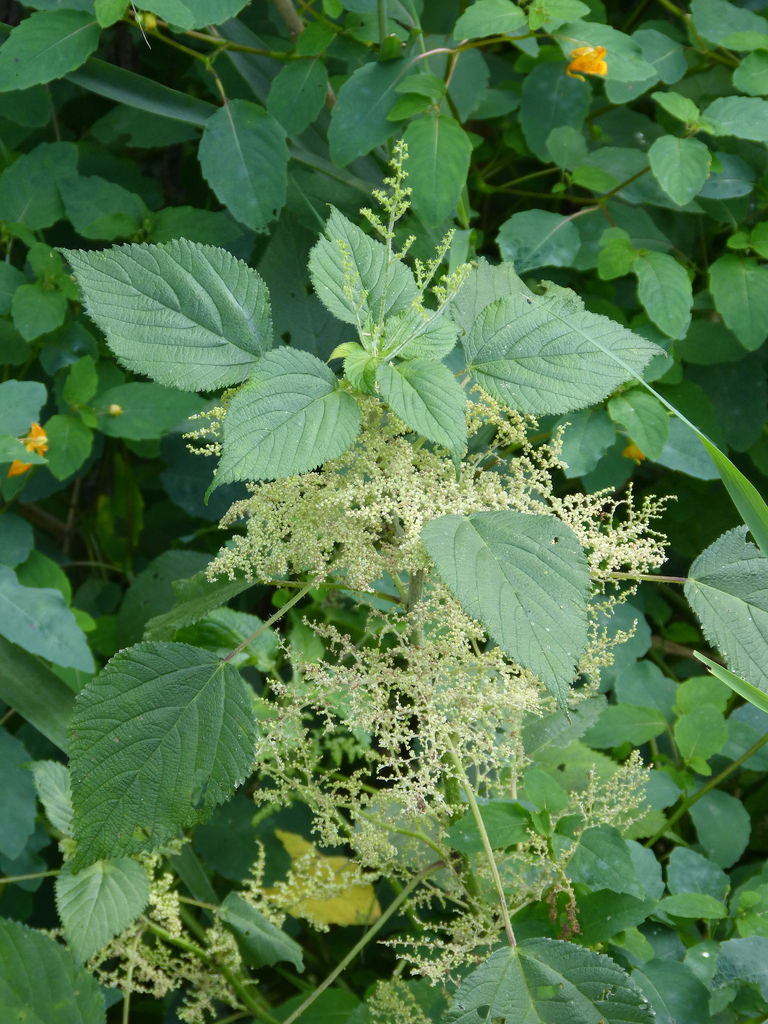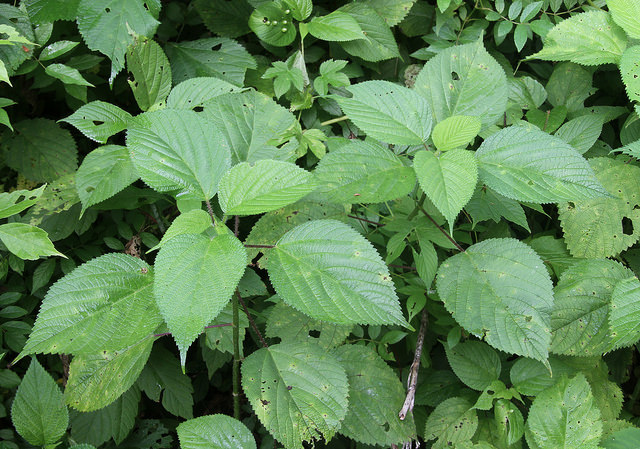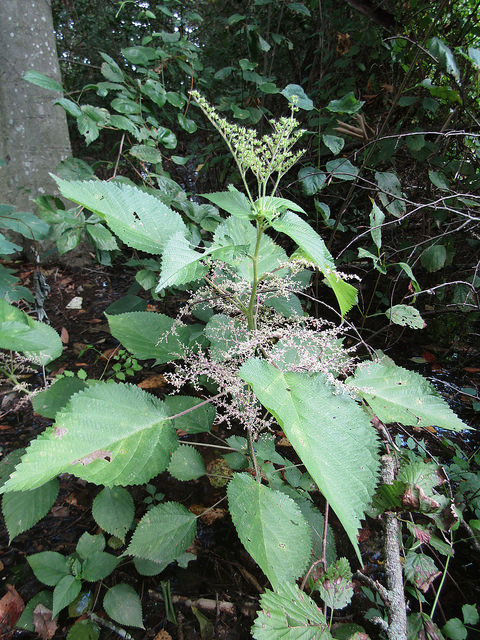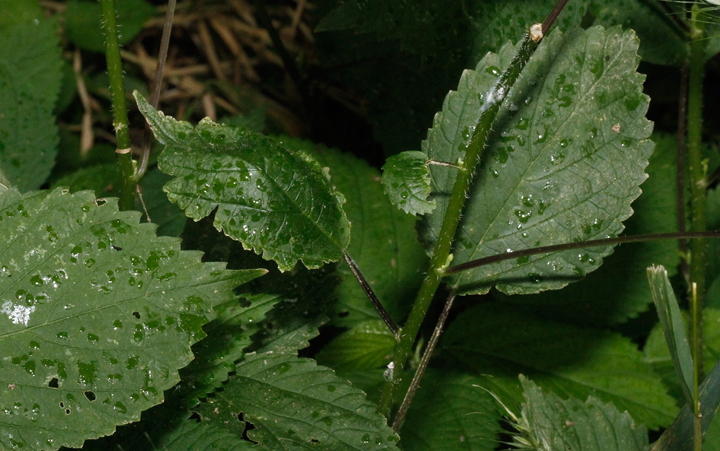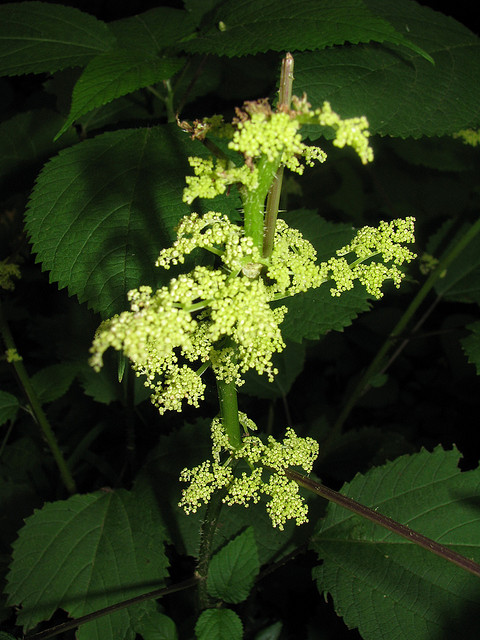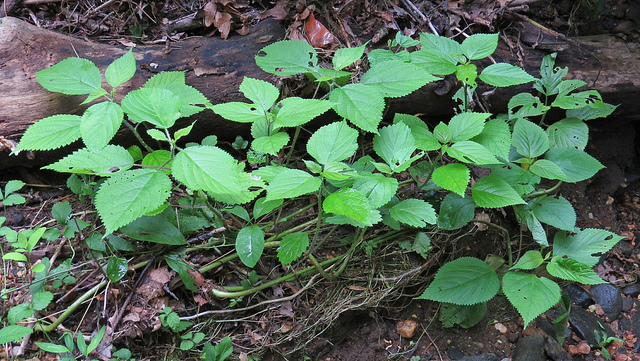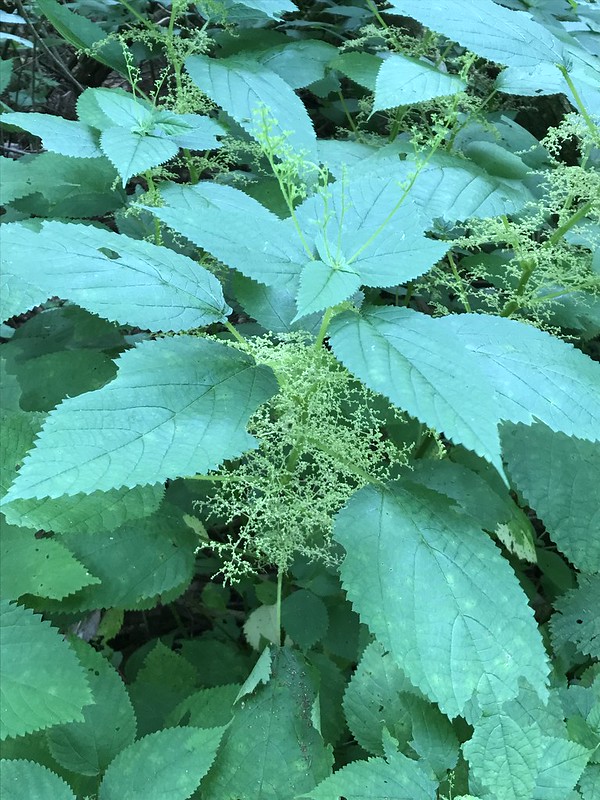Map Snapshot




















160 Records
Description
Note alternate leaves.
Seasonality Snapshot
Source: Wikipedia
| Laportea canadensis | |
|---|---|
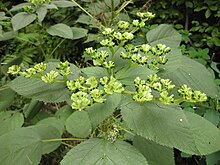
| |
| Scientific classification | |
| Kingdom: | Plantae |
| Clade: | Tracheophytes |
| Clade: | Angiosperms |
| Clade: | Eudicots |
| Clade: | Rosids |
| Order: | Rosales |
| Family: | Urticaceae |
| Genus: | Laportea |
| Species: | L. canadensis
|
| Binomial name | |
| Laportea canadensis | |
| Synonyms[2] | |
| |
Laportea canadensis, commonly called Canada nettle[3] or wood-nettle, is an annual or perennial herbaceous plant of the nettle family Urticaceae, native to eastern and central North America. It is found growing in open woods with moist rich soils and along streams and in drainages.[4]
Description
[edit]Laportea canadensis grows from tuberous roots to a height of 30 to 150 centimeters, and can be rhizomatous, growing into small clumps. Plants have both stinging and non-stinging hairs on the foliage and the stems. It has whitish green flowers, produced from spring to early fall. Unlike its cousin, the common nettle, Laportea canadensis has alternate leaves. The bulk of its foliage also grows notably high on the stem.
Sting
[edit]When the stinging nettles come in contact with the skin, the unlucky individual is dealt a painful burning stinging sensation, sometimes with barbs left in the skin. The skin can turn red and blister, and blisters can last for several days.
References
[edit]- ^ "NatureServe Explorer 2.0". explorer.natureserve.org.
- ^ "The Plant List: A Working List of All Plant Species".
- ^ "Canadian Poisonous Plants Information System". Retrieved 31 May 2018.
- ^ David E. Boufford. "Urticaceae". Flora of North America.
External links
[edit]- Profile: Wood Nettle (Laportea canadensis) Photos, Drawings, Text. (Wild Plants of Winnipeg from Nature Manitoba)
